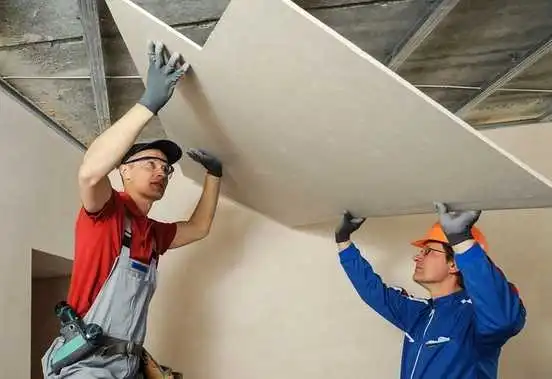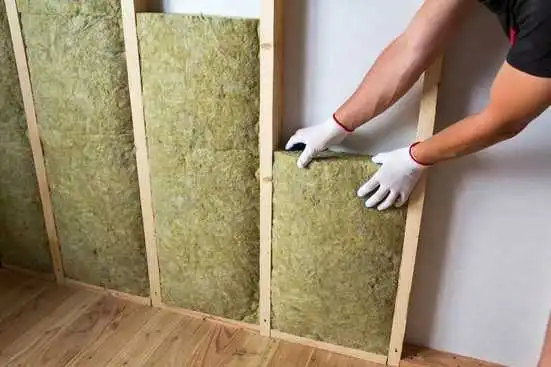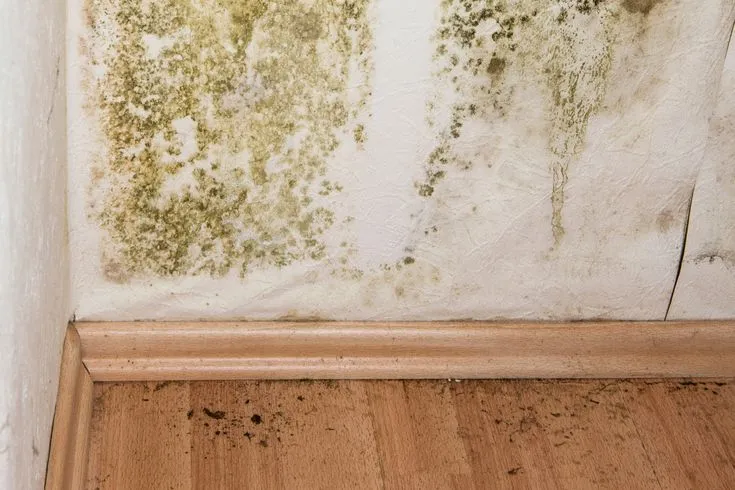No homeowner wants to deal with the unpleasant odors, unsightly stains, and actual health risks that mold brings. The good news is that you don’t have to. This guide explores a powerful solution: mold-resistant products. These innovative materials and coatings are specifically designed to prevent mold growth, keeping your living spaces fresh, clean, and healthy. We’ll delve into how these products achieve their protective qualities and, more importantly, how you can strategically use them.
Common Mold-Resistant Materials for Your Home
Creating a mold-resistant home involves selecting materials strategically. Several categories of building materials and home products are designed to combat moisture and deter mold growth in areas prone to dampness. They are:

- Mold-Resistant Drywall: Mold-resistant drywall is a specialized gypsum board formulated to inhibit mold growth, especially in moisture-prone areas. The types of mold-resistant drywall are:
- Paperless Drywall (Fiberglass-Faced): A standard and highly effective choice for areas susceptible to moisture, like basements, bathrooms, and kitchens. Unlike traditional paper-faced drywall, the fiberglass mat doesn’t provide a food source for mold.
- Magnesium Oxide (MGO) Boards: Gaining popularity for their exceptional water and fire resistance, making them an excellent choice for wet areas.
- Mold-Resistant Insulation:
- Closed-Cell Spray Foam: Highly effective at resisting mold growth due to its impermeable nature, which prevents moisture absorption. It also offers superior thermal and air-sealing properties.
- Mineral Wool Insulation: Naturally resistant to mold and moisture. It also boasts excellent fire resistance and sound dampening.
- Paints and Coatings:
- Antimicrobial Paints: Specifically formulated with agents that inhibit mold and mildew growth on their surface. Highly recommended for high-humidity areas like bathrooms, kitchens, and laundry rooms. Look for paints with mildewcides or fungicides.
- Caulks and Sealants: Essential for sealing gaps and joints in humid environments. These products contain antimicrobial additives that prevent mildew growth, ensuring long-term flexibility and adhesion.

The Value of Investing in Mold-Resistant Products
The following are the values for purchasing mold-resistant products:
- Cost Savings in the Long Run: Mold can cause extensive and expensive damage to your home’s structure. Investing in mold-resistant materials significantly reduces the likelihood of such damage, potentially saving you thousands in future repairs and remediation costs. Preventing mold is always more cost-effective than removing it.
- Enhanced Health and Well-being: Mold spores can trigger allergies, exacerbate respiratory issues, and cause skin irritation. By proactively inhibiting mold growth through these products, you create a healthier living environment for your family, reducing potential health complications.
- Preservation of Property Value: By preventing mold from taking hold with resistant products, you protect your investment and ensure your home remains attractive and valuable to potential buyers.
Considering the potential long-term savings and benefits, the benefits of prevention far outweigh the costs of remediation.

Maximizing the effectiveness of mold-resistant products
It’s crucial to understand that “mold-resistant” is not synonymous with “mold-proof.” These products offer a robust defense but can still be overwhelmed by persistent, excessive moisture or prolonged exposure to very high humidity. Their effectiveness hinges on proper installation and maintaining conditions that allow them to perform optimally which includes, maintaining indoor humidity, promoting good ventilation, fixing leaks and regular cleaning.
Conclusion
By integrating these innovative solutions, you’re not just preventing unsightly growth; you’re actively safeguarding against potential structural damage, significant repair costs, and various health concerns.









